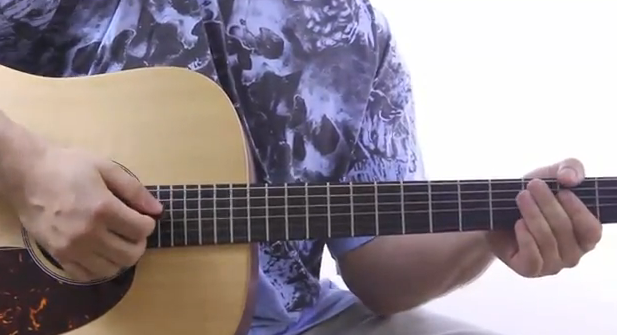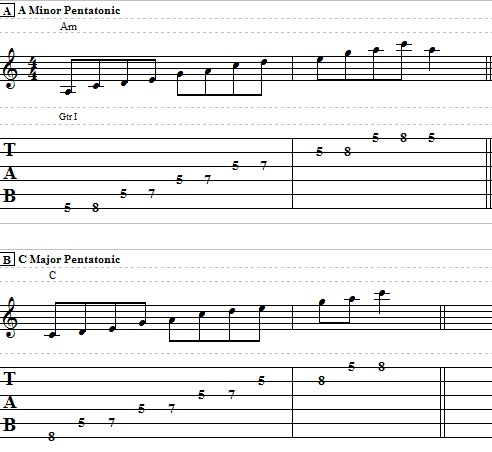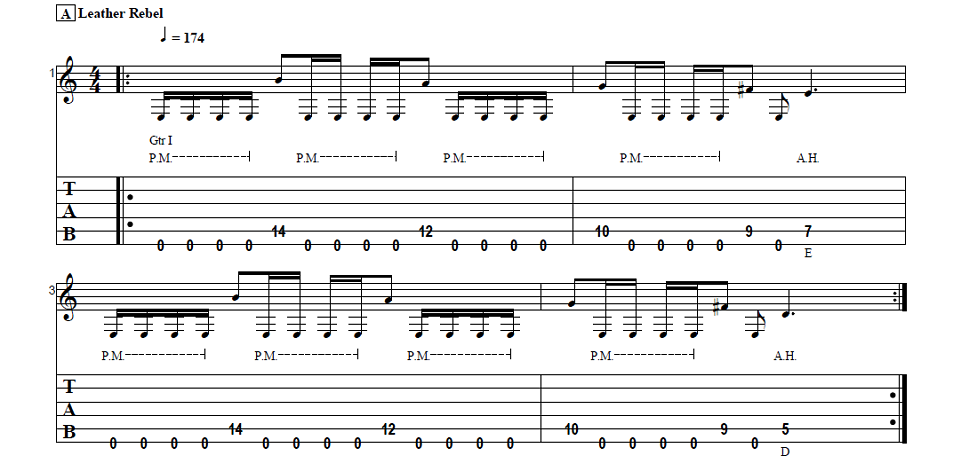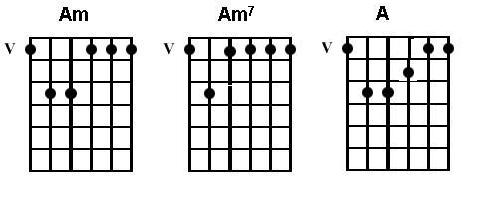Hey guys,
Here´s another cool guitar lesson
about how to play “Stir it Up” by Bob Marley
Enjoy it…
If you like Reggae guitar and music
CLICK HERE FOR REGGAE ROOTS GUITAR SECRETS
Reggae Guitar Lesson How to play Stir it Up by Bob Marley
Hey guys, how’s it going? Claude Johnson here from guitarcontrol.com.
I hope you’re doing great today. Today’s lesson is Bob Marley’s
“Stir it Up”. It’s a great song and like the last couple Bob songs
we did, I’m just going to give you my personal arrangement of it,
pretty much arranged for solo acoustic guitar and some tips and
tricks for that. However, if you want the real, authentic Jamaican
reggae strumming techniques, please checkout guitarcontrol.com/reggae.
All right, so here we go.
So this song has the same chords as “3 Little Birds”,
which is A major, D major and E major. But even though
it’s the same chords it’s a very different sounding song.
And first of all, if you’re not familiar with A, D and E,
please check out guitarcontrol.com/beginner. I don’t want
to take too much time right now to go into those chords
because there’s a lot of other stuff I’m going to show you,
different rhythms, different ways you can do this.
The first rhythm is called the chicka. It’s like this.
It’s basically a downstroke, upstroke and a little pause
in there. So you’re going to do four beats of A, two of D,
two of E, like this. Right? Pretty simple. Same thing on
the chorus, except you’re going to go to that D a little
bit early. You’re actually going to go to the D and then
back to the A. So instead of four bars of A, you’re going
to have two of A, one of D, one of A and then back to the
end of it, which is two of D, two of E. So it’s going to be
this. So you got that? Cool. All right.
Now another thing you can do is this little bump. I’m basically
just bumping with my hand or my knuckles, just kind of bumping
over the sound hole. Instead of the chicka, it’s a chicka-bump,
chicka-bump. It just kind of comes naturally if you just kind
of — you don’t have to do it every single time, every single
beat, but just whenever you feel like it. All right?
Then when it switches to the verse, stay in the A. So if
you just did that, that’s a pretty good arrangement. If
you just keep it nice and tight and sing, and obviously
I can’t sing as well as Bob Marley, obviously. But if you
sing it in pitch, in time and keep a tight rhythm guitar,
that’s a good arrangement.
So here are a couple other things you can do with this.
First let me just show you on the chorus. There’s a bass
guitar. And in reggae bass guitar is very prominent. Some
songs it’s actually really driving in the song. The bass
line is kind of going like this. So we can kind of simulate
that on the guitar. So we can go like this. A nice little
intro lick.
I’ve got my A chord and I’m basically plucking. Now I go
up to this little — it’s basically an inverted A chord
with a C sharp in the bass. So that let’s me play that
bass line, that second note of the bass line is the C sharp.
So what I’m doing here is I’ve got my ring finger on the
4th fret of the A string and then I’ve got my 1st finger
barring the 2nd fret of the D and G strings. With this
right hand, I’m really just using my pick to pick the A
string and I’m plucking the D and G strings simultaneously
with my middle and ring finger there.
Now I go up to this D. Why don’t I play the D up here?
Well, it’s kind of the voice leading, as it’s called.
So it’s like… You’re already here. It’s just going to
be very smooth voice leading to do this bass note. So
here’s your D with your pinkie on the 5th fret of the A
string and then your ring finger is on the 4th fret of the
D string, 1st finger is on the 2nd fret of the G string.
And then back to your C sharp — well, I guess A/C sharp
you can call it.
And then I’m going to go back to my D and I’m going to
arpeggiate it, which means play the notes separately.
So I’m just picking down here with my picking hand.
And you can go to your E, just slide the whole thing
up. So you can either do this or I like to do this,
open E string. Actually, what I’m doing there is actually
a little finger picking. So you can do it either way.
There are so many different ways to go on this.
You can also do like little pickup notes like… Basically
I’m just plucking my A string in between the chords. It’s a
nice little different feel. One thing I find is that when
you’re playing songs acoustic, it’s good to have dynamics,
good to change-up the feel. So you can start with that intro
and then you can go into your… And it just gives it a lot
more flavor to the arrangement.
Another way to do it would be to kind of use the chicka
rhythm like this. So those first four little chords, we
do those little inversions to get the bass line and then
go up to this B. So like this. Okay? So that’s on the
chorus.
Now, on the verse, especially if you’re doing those
chicka rhythms, you can switch to kind of a one-strum
feel on the verse. So you see what I did there? I went
basically just a one-strum. That’s another way. If you’re
really just starting out, trying to play and sing at the
same time — and this is a good tip for any song — just
play one strum for that chord. Now, I was doing like a
little pick-up strum as well. You can leave that out and
just go for like… So that’s good for the real beginners.
I like to throw in that little pick-up and then into that…
Now when I’m singing the rest of the chorus what’s very
effective is to play the chickas on the A and then the
one-strums on the D and the E, so you have this. Okay?
So that gives you some different ways to do it. You’ve
got the chickas, one-strums, the inverted chords with
bass line and lots of different ideas. So have fun with
this. It’s a great song and that’s all for now.
All right, guys. I hope you enjoyed that lesson and
once again, please check-out our reggae guitar course
for all the authentic and killer Jamaican strum rhythms,
chordal stuff, lots of songwriting tips, lots of cool
stuff. It’ at guitarcontrol.com/reggae.
All right, thanks for watching and I’ll catch you next time.






